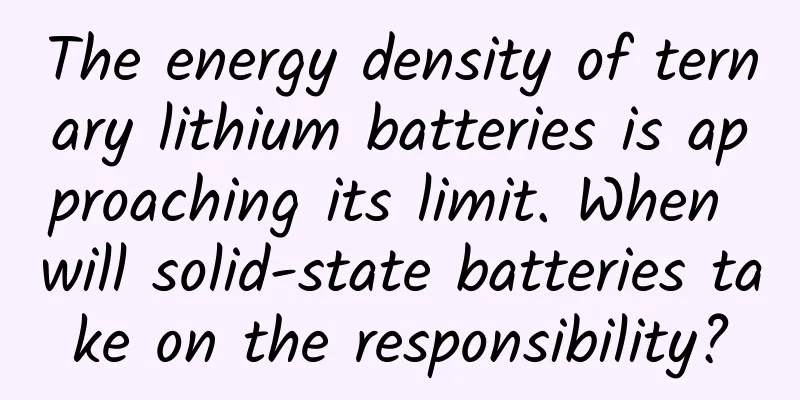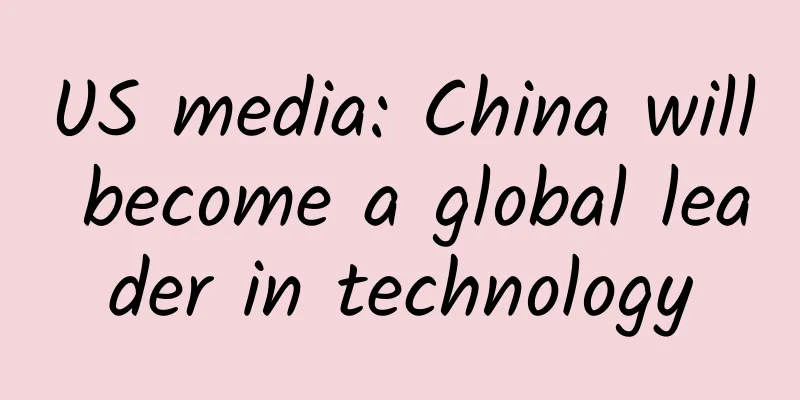The energy density of ternary lithium batteries is approaching its limit. When will solid-state batteries take on the responsibility?

|
At present, the development of pure electric vehicles has been constrained by the low energy density of batteries. Without a major breakthrough in battery energy density, the range of pure electric vehicles cannot be greatly improved. The development of pure electric vehicles will only rely on policy support and lack market momentum. Recently, the Ningbo Institute of Materials Technology and Engineering of the Chinese Academy of Sciences announced that the "All-Solid-State Battery" project, a nano-pioneer project led by it, has passed the acceptance inspection. This technological progress will promote the large-scale application of all-solid-state lithium batteries in China. Industry insiders said that the current single-cell energy density of ternary lithium batteries has reached its limit and it is difficult to make a big breakthrough. To further increase the energy density of ternary lithium batteries, it is necessary to further increase the proportion of nickel in the battery. However, after the proportion of nickel in the battery is increased, the thermal reaction inside the battery will be very intense due to the poor thermal stability of high nickel, and safety issues are worrying. Solid-state batteries are batteries that use solid electrodes and solid electrolytes. Their solid electrolytes are non-flammable, non-corrosive, non-volatile, and non-leaking. They perform well at high temperatures and are safer. Solid-state batteries will greatly reduce the probability of electric vehicles catching fire. More and more domestic and foreign companies and research institutions are focusing on all-solid-state lithium batteries. Volkswagen has announced plans to develop solid-state batteries with a range of 1,000 km; Toyota Motor expects to complete the research and development of solid-state batteries in 2022 and plans to achieve mass production in 2030. Electrolyte materials are the core of all-solid-state lithium battery technology. At present, the research on solid-state electrolytes is mainly focused on three types of materials: polymers, oxides and sulfides. Polymers have good high-temperature performance and have been commercialized. Oxides have good cycle performance and are suitable for thin-film flexible structures. Sulfides have the highest conductivity and are the main direction for the future. However, solid-state batteries still face some technical challenges. Solid electrolytes have high resistance, and there are technical challenges in terms of conductivity, battery rate, battery preparation efficiency, and cost control. In May this year, Toyota said it hopes to manufacture solid-state batteries after 2020, but if it wants to achieve mass production of solid-state batteries, it will have to wait until after 2030. As a winner of Toutiao's Qingyun Plan and Baijiahao's Bai+ Plan, the 2019 Baidu Digital Author of the Year, the Baijiahao's Most Popular Author in the Technology Field, the 2019 Sogou Technology and Culture Author, and the 2021 Baijiahao Quarterly Influential Creator, he has won many awards, including the 2013 Sohu Best Industry Media Person, the 2015 China New Media Entrepreneurship Competition Beijing Third Place, the 2015 Guangmang Experience Award, the 2015 China New Media Entrepreneurship Competition Finals Third Place, and the 2018 Baidu Dynamic Annual Powerful Celebrity. |
Recommend
The latest guide to French fry ads on Xiaohongshu!
Has Xiaohongshu made everyone feel like they’re o...
Don't argue with Apple's technical consultants
You trust a multinational company and have been u...
Surface Pro 3: Dream of replacing Air+iPad
Microsoft released the Surface Pro 3 tablet in New...
The efficacy, effects and taboos of dog meat
Dog meat is also known as fragrant meat, local sh...
What genes of ancient humans are flowing in us?
Homo is a genus of the family Hominidae in the or...
[APP Promotion] How to promote and operate a new App?
Since I often write about App promotion, friends ...
The crisis of the Standard Model: Physicists rethink the nature of nature
Although the Standard Model is considered one of ...
Apple in the post-Steve Jobs era: More users but fewer fans
[[127006]] Emotional communication between brands...
21-Day Waist Slimming Plan
21-Day Slim Waist Plan Resource Introduction: Cou...
How to plan an event well? 4 key actions!
When it comes to event planning , perhaps in many...
Must-have collection! Don’t let the “angel” turn into a “killer”, experts will help you unlock the safety guide for your home medicine cabinet
Taking medicine is like walking on a tightrope. O...
Here are the 4 essential skills for new media writing!
The popularity of WeChat has also brought about a...
Apple releases the official version of iOS 12.4: brings multiple new features!
In addition to launching iOS 9.3.6 and iOS 10.3.4...
Why are my hands still oily when I eat crayfish even though I'm wearing gloves? I finally figured out what's going on
Expert of this article: Chu Yuhao, PhD of Beijing...
Scientists discovered a 4,000-year-old lipstick whose ingredients are similar to today's
According to legend, about 5,000 years ago, the S...









